NIL
College sports leaders adamant House settlement’s roster limit issues will be resolved
An ultimatum from a federal judge has lawyers for the NCAA and major college conferences hustling to preserve the landmark House v. NCAA settlement. Judge Claudia Wilken issued an order last week stating that if the settlement parties cannot revise terms in a way that will prevent college athletes from losing roster spots due to […]
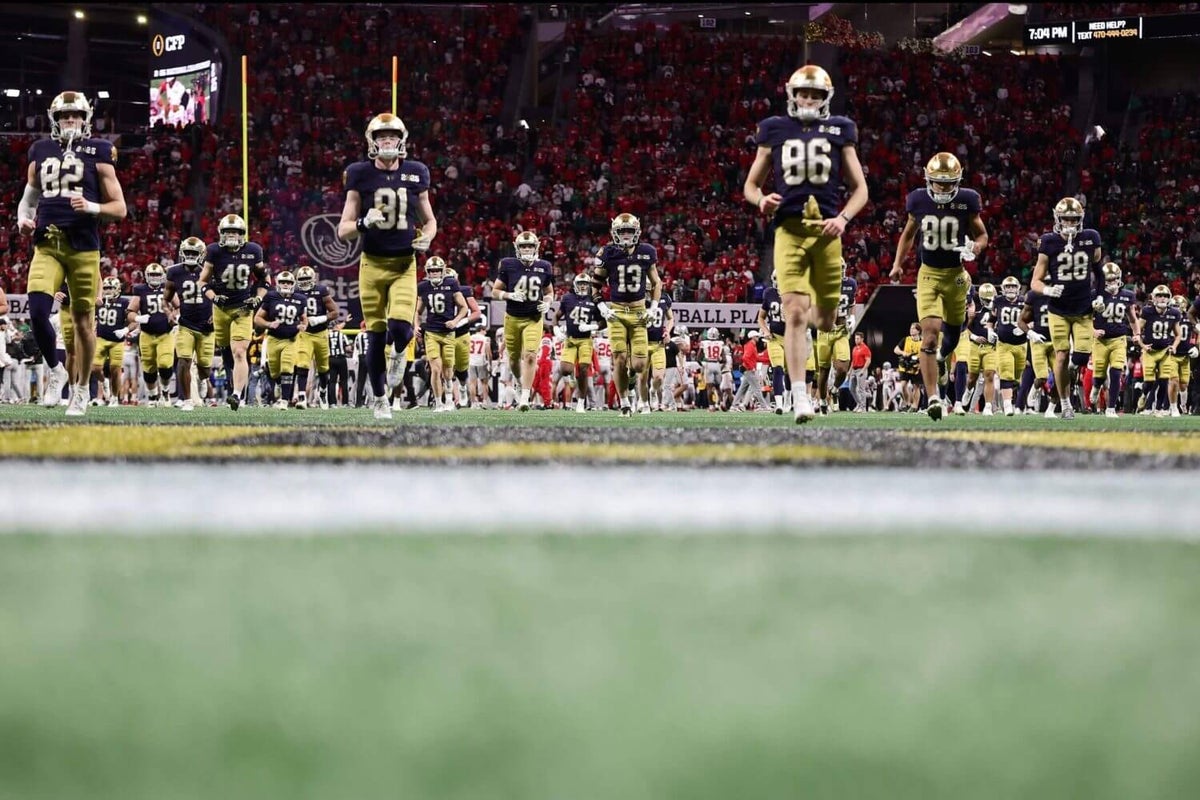
An ultimatum from a federal judge has lawyers for the NCAA and major college conferences hustling to preserve the landmark House v. NCAA settlement.
Judge Claudia Wilken issued an order last week stating that if the settlement parties cannot revise terms in a way that will prevent college athletes from losing roster spots due to the implementation of new roster limits, the $2.8 billion agreement, which resolves a trio of antitrust lawsuits against the NCAA and power conferences, will be denied approval.
Wilken gave the settlement parties two weeks to respond.
Prior to Wilken’s latest order, the NCAA and conference defendants had largely held firm in their refusal to modify the settlement they negotiated with plaintiff attorneys, which was agreed to in May 2024. But Wilken has made clear that if her concerns about roster limits are not addressed, she will sink the settlement and send the case to trial — an outcome that would likely be disastrous for the NCAA, and one its leaders are desperate to avoid.
“This settlement is not going to blow up over this,” an athletic director at a Power 4 school told The Athletic.
Several athletic directors and administrators were granted anonymity to speak freely about this latest bump in the road for the settlement, and all agreed that adjustments to the roster limits should not be a deal breaker.
But they also expressed a level of frustration that it took a scolding from Wilken for changes to be made. The judge had been raising a red flag over roster limits since the preliminary approval hearing in September. After hearing from objectors to the settlement on April 7 — including two athletes who were facing cuts — Wilken advised defendants from the bench to address the concerns. She suggested either phasing or “grandfathering” any athletes with existing roster spots.
“Basically, I think it is a good settlement — don’t quote me,” Wilken said at the April 7 hearing. “I think it is worth pursuing and I think some of these things could be fixed if people tried to fix them, and that it would be worth their while to try to fix them.”
Instead of suggesting changes, settlement lawyers filed a brief a week later further explaining the reasons for the limits.
“We could have spun this into a win, that we were doing the right thing,” one of the athletic directors told The Athletic. “Now, it looks like we’re being forced to do the right thing again.”
The roster limits as proposed in the settlement have risen from in-the-weeds detail to topic of national attention because of the large number of athletes who could lose their spot on a college roster as a result. Currently, teams have a capped number of scholarships they can offer — 85 in football, 13 in men’s and women’s basketball, 12 in softball — which can be distributed as full or partial scholarships. Those teams can also have additional non-scholarship athletes on the roster, known as walk-ons. The roster limits would replace scholarship limits for any Division I school that opts into the terms of the settlement.
The new roster limits would allow schools to provide a scholarship for every spot on the roster, and every sport would receive an increase in available scholarships. However, the total roster number would be capped by that roster limit. In football, the new roster limit of 105 increases the number of available scholarships by 20, but most Division I football programs carry around 120 players, meaning teams would have to make cuts to meet the 105 cap.
The NCAA’s push for roster limits is designed to require uniform roster sizes for every school across a sport, in concert with the larger settlement attempting to restore some competitive balance to college athletics. And ideally for the NCAA, the roster limits would protect against legal action from athletes who might argue against rules preventing them from being offered a scholarship.
Except those limits have also led to hundreds, maybe even thousands, of athletes losing their spots on teams. Schools needed to start trimming rosters before the settlement was given final approval in order to give their athletes time to weigh their options, including transferring in hopes of finding a spot at a different school. The settlement agreement guarantees that athletes currently on scholarship will remain on scholarship even if they are no longer part of a team, but most of the athletes being cut are walk-ons or have a minimal partial scholarship.
Wilken wrote in her order that the court can approve the settlement only if it is “fair, reasonable and adequate,” which she stipulated means it must treat the impacted college athletes equitably.
“Because the settlement agreement is not fair and reasonable to the significant number of class members whose roster spots will be or have been taken away … the Court cannot approve the settlement agreement in its current form,” Wilken wrote.
In issuing the two-week deadline, Wilken also required the settlement parties to consult with certain objectors on a possible solution. Any changes to the terms of the deal will need independent approval from the boards of the NCAA, ACC, Big Ten, Big 12, SEC and Pac-12.
The nuances between phasing in the roster limits and a full grandfathering of current athletes are potentially significant.
A phase-in would likely increase roster limits, particularly in sports with the highest number of walk-ons, while giving athletes more time and options to prepare for the full implementation. But the current lack of uniformity across roster sizes means different schools and sports would be impacted differently. Grandfathering would protect current athletes in all sports from being cut due to the roster limits for the length of their eligibility.
Schools would prefer to implement the proposed roster limits sooner rather than later. While non-scholarship athletes come at a low cost compared to those on scholarship, most schools have already budgeted to the limits.
Expect lawyers for the defendants to work quickly and try to avoid taking the full two weeks to respond, which stretches until May 7. The revenue-sharing system that is part of the settlement agreement is supposed to go into effect this summer. Power conference schools will be permitted to direct up to $20.5 million to their athletes in Year 1 under the settlement terms.
Other elements of the deal, such as the $2.8 billion in backpay damages; a clearinghouse for third-party name, image and likeness deals; and the creation of a new regulatory body outside the NCAA; can’t be made operational until the settlement is approved.
Wilken indicated in her latest order that the eventual implementation of roster limits would not keep her from approving the settlement, but rather that she was troubled by the fact that schools had already begun cutting athletes, with more to follow.
The potential doomsday scenario — in which the roster limit issue doesn’t get resolved and the settlement is denied — is not one that any of the administrators The Athletic spoke to have seriously considered. Each of them expressed confidence that this problem would get resolved and that the settlement was too important and had come too far to get derailed at the eleventh hour.
That’s because a denial would send the entire industry of college sports into chaos. Every preliminary revenue sharing agreement that schools signed with athletes would get brought under legal scrutiny. Some schools would still be able to directly share revenue due to state name, image and likeness (NIL) laws, which would likely force the NCAA to intervene with a waiver allowing other schools to do the same.
More calamitous would be the looming trial, or trials, in lieu of the settlement, which could threaten to bankrupt the NCAA if it ultimately lost in court.
Resistant as the NCAA has been to adjusting the settlement, that grisly alternative is why it worked toward a compromise in the first place, and it’s an outcome the organization cannot afford to risk.
(Photo: Carmen Mandato / Getty Images)
NIL
Quinn Ewers wearing his teal Miami Dolphin uniform
“There’s a lot of guys out there right now, and everyone’s fighting for the same job,” Ewers said. “But you’ve got to earn the job and earn the trust of those guys as well.” When Quinn Ewers slipped on a Miami Dolphins jersey for the first time, the seventh-round rookie quarterback left the disappointment of […]

“There’s a lot of guys out there right now, and everyone’s fighting for the same job,” Ewers said. “But you’ve got to earn the job and earn the trust of those guys as well.”
When Quinn Ewers slipped on a Miami Dolphins jersey for the first time, the seventh-round rookie quarterback left the disappointment of draft weekend behind and focused on the opportunity ahead. “I didn’t expect to fall as low as I did, but it is what it is at the end of the day, and I have the same opportunity as everybody else does, and I’m beyond thankful for that,” Ewers said as the Dolphins opened rookie minicamp.
Ewers, selected 231st overall in the 2025 NFL Draft, enters a quarterback room led by Tua Tagovailoa and recent free agent signing Zach Wilson. Despite being the last of 13 quarterbacks drafted, the former Texas Longhorns star is determined to prove himself at the professional level. “I just want to go in there and play my game at the end of the day and learn and develop as a quarterback,” Ewers said.
The transition to the NFL marks a new chapter for Ewers, who finished his college career with 3,472 passing yards and 31 touchdowns in his final season at Texas, leading the Longhorns to back-to-back College Football Playoff appearances and an SEC Championship game. Ewers’ collegiate success placed him among the top quarterbacks in Texas history, but questions about consistency and injuries may have contributed to his draft slide.
Off the field, Ewers is already making headlines. Just a month into his Dolphins tenure, he secured a $3 million exclusive autograph trading card deal with Panini, a figure nearly matching his four-year, $4.3 million rookie contract with Miami. “Thank you [Panini] for helping me tell my story and continuing our relationship! I can’t wait to see my first NFL trading cards!” Ewers posted on social media.
The endorsement helps offset speculation about the NIL money he left behind by declaring for the draft rather than transferring for a final college season. Ewers also had a prior NIL deal with Panini.
As Ewers dons the Dolphins’ aqua and orange, he faces the challenge of climbing the depth chart and earning the trust of teammates and coaches. For now, the rookie is focused on learning, developing, and making the most of his opportunity in Miami. “There’s a lot of guys out there right now, and everyone’s fighting for the same job,” Ewers said. “But you’ve got to earn the job and earn the trust of those guys as well.”
NIL
Quinn Ewers’ honest take on ‘unconventional’ NIL experience
Quinn Ewers’ college journey is over as he was drafted by the Miami Dolphins last month. Ewers had an eventful path throughout the past few years after being the #1 overall recruit in the 2021 recruiting class. He originally committed to Ohio State, and he spent one season with the Buckeyes before transferring to Texas. […]
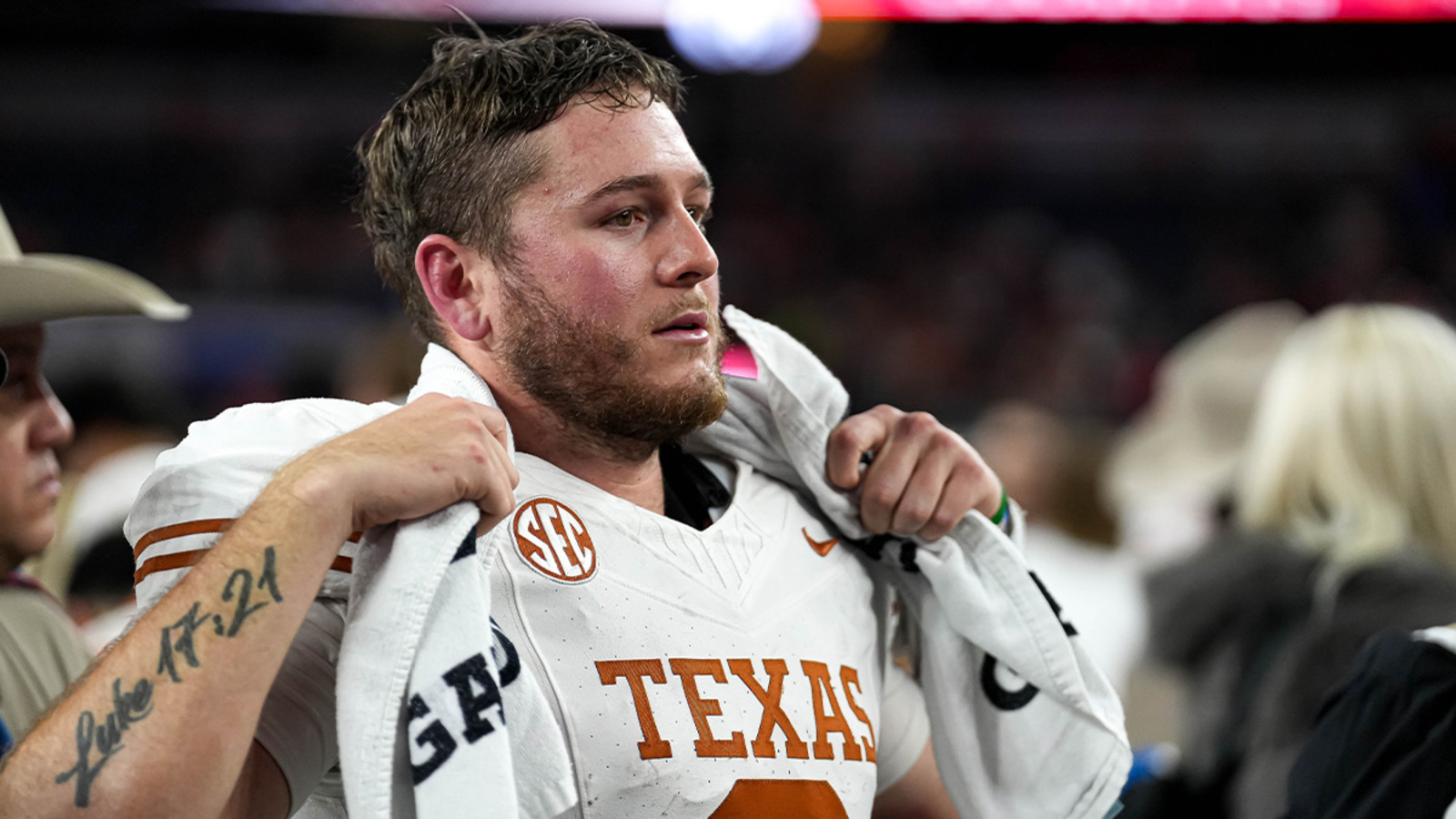
Quinn Ewers’ college journey is over as he was drafted by the Miami Dolphins last month. Ewers had an eventful path throughout the past few years after being the #1 overall recruit in the 2021 recruiting class. He originally committed to Ohio State, and he spent one season with the Buckeyes before transferring to Texas. He was one of the biggest names in college football, and that meant big NIL paychecks.
By the time Quinn Ewers’ college career came to a close, he held a $4.5 million NIL valuation. It’s safe to say that aspest of Ewers’ college days was a success.
“The way that it’s kind of been set up for me has been nothing short of unconventional, I think I would say,” Ewers said, according to an article from On3. “Skipping my senior year to enroll at Ohio State early, and then be there for not even a whole calendar year and then decide to go back to my home state of Texas and really, turn around a program that hadn’t really won anything in years, consistently. For me, I go in and lose one game on the road my entire career, go 11-1 on the road. Win a Big 12 title game, go to the College Football Playoff two years in a row and win a Peach Bowl, win multiple Playoff games. It’s nothing short of special.”
Ewers popularity and NIL valuation would make some people think that he was a first-round draft pick. When he started his college career, he was expected to be. Instead, Ewers went in the seventh round, but he isn’t complaining at all.
“I do not take it for granted at all because I know a lot of people would love to be in the shoes that I’m in,” he said. “I guess that’s kind of a ‘why’ for me. Why I do these things. I know the draft didn’t go the way I wanted it to, but at the end of the day, I have the same opportunity everybody else does. What better place to start the journey than in Miami and playing under a really, really good offensive mind in Coach McDaniel?”
When NIL opportunities started to show up, Quinn Ewers immediately took advantage. He signed his first deal with Panini, and he was off and running.
“I feel like I signed about as early as I could,” Ewers said. “I’ve always been with Panini, and it’s been a great relationship that’s continuing to build. Super, super happy that they brought me on as early as they did. It’s just been a great relationship.”
NIL is a huge part of college sports now, and athletes want to make money. Ewers’ biggest piece of advice? Don’t focus on the NIL money, and the NIL money will come.
“I think the biggest lesson that I like to tell people and kind of how I feel is, if you keep the main thing, everything else will really fall in line,” Ewers added. “Because as soon as you lose what you do to earn the NIL, you lose all the NIL. You just continue to play football and remain present and remain focused on the objective – which isn’t NIL, by the way – that’ll come with the success that you have.”
Ewers is a firm believer in staying focused and letting the rest take care of itself.
“Just be present, especially if you’re in high school and you’re not receiving as much offers or whatever it is – coaches aren’t recognizing you as much,” he said. “Just remain present and continue to be consistent. As long as you stay consistent, you’re going to end up where you want to be, at the end of the day. That’s just how it goes. I was lucky enough to be a highly recruited guy, but I just tried to stay as consistent as I could as long as I could, which, at the end of the day, helped me a ton. That’s all it is about – remaining present and taking care of business and letting all the other stuff fall in line, because it will if you really put the work in.”
Now, Quinn Ewers is done earning NIL money, and he is on to NFL contracts. He signed a four-year, $4.33 million dollar contract with the Dolphins. He earned more during his time in college, but that’s not too shabby for a seventh-rounder on a rookie contract.
NIL
BREAKING
Dive into the latest on NIL policies and their potential legal battles, as well as the impact of bloated conferences on college athletics. Author: kcentv.com Published: 2:17 AM CDT May 20, 2025 Updated: 2:17 AM CDT May 20, 2025 0
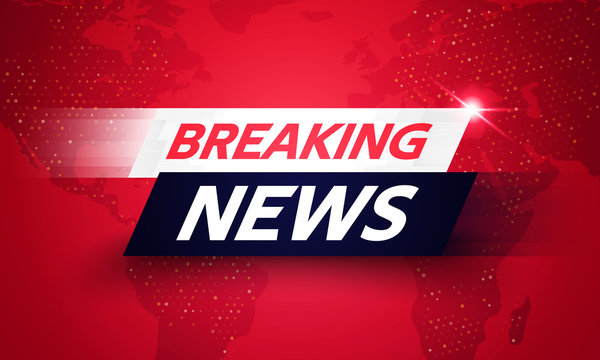

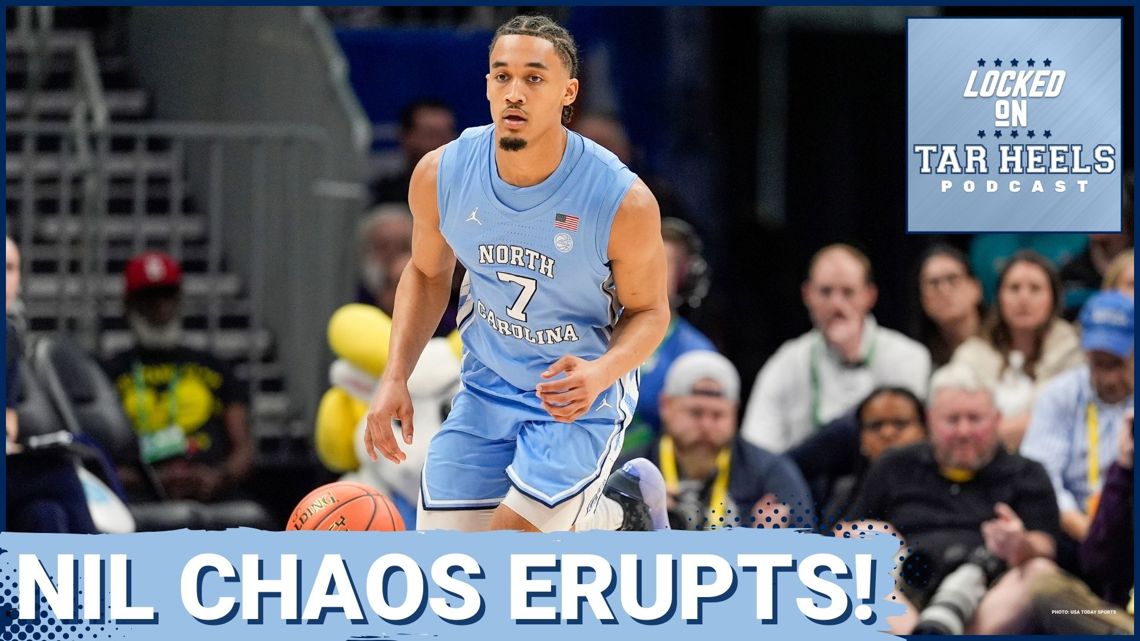
Dive into the latest on NIL policies and their potential legal battles, as well as the impact of bloated conferences on college athletics.
NIL
BREAKING
Dive into the latest on NIL policies and their potential legal battles, as well as the impact of bloated conferences on college athletics. Author: wkyc.com Published: 3:17 AM EDT May 20, 2025 Updated: 3:17 AM EDT May 20, 2025 0



Dive into the latest on NIL policies and their potential legal battles, as well as the impact of bloated conferences on college athletics.
NIL
PUMA India Inks Multi
National, May 20, 2025: Sports brand PUMA India continues to deepen its investment in the country’s growing running movement by joining forces with the Mumbai Half Marathon and the Wipro Bengaluru Marathon as their Official Sportswear Partner. The multi-year deal with race organisers NEB Sports Entertainment reinforces PUMA’s commitment to deliver a holistic race experience […]
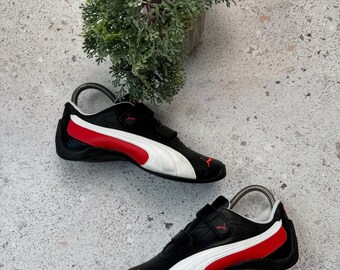
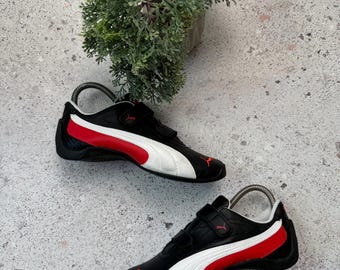
National, May 20, 2025: Sports brand PUMA India continues to deepen its investment in the country’s growing running movement by joining forces with the Mumbai Half Marathon and the Wipro Bengaluru Marathon as their Official Sportswear Partner. The multi-year deal with race organisers NEB Sports Entertainment reinforces PUMA’s commitment to deliver a holistic race experience at every leg of a runner’s journey—from training to race day and beyond.
The 8th Mumbai Half Marathon is scheduled for August 17, while the Wipro Bengaluru Marathon, in its 12th edition this year, will take place on September 21. Through this strategic tie-up, PUMA India will deliver a 360-degree experience that includes access to expert-led training runs, race-day performance gear, and on-ground support to participants during and after the race. With this, the sports brand has strengthened its presence in India’s rapidly expanding running community—one that is evolving from a recreational activity into a lifestyle and a cultural force.

Commenting on the partnership, Karthik Balagopalan, Managing Director of PUMA India, said, “The sport of Running is transforming India—shaping lifestyles, building communities, and redefining competition. Our partnership with NEB marks PUMA’s deeper commitment to fuel this momentum. India has an extremely vibrant community of close to 3 million registered runners and double-digit growth in marquee events like the Mumbai and Wipro Marathons. We think it is a fantastic opportunity to empower them to chase their goals and go the distance. This partnership further strengthens our commitment to push and elevate the evolution of running in the country.”
PUMA’s investment in running is backed by the success of one of India’s best-selling performance shoes, NITRO. Since October 2024, over 50% of elite podium finishers across five key Indian races have worn PUMA NITROs, underscoring the franchise’s dominance and trust among top athletes. The sports brand’s Running business unit is also growing faster than PUMA India’s overall business—signaling strong consumer demand.
India’s distance running landscape is experiencing rapid growth within the burgeoning sports ecosystem. In 2024, the emerging sports business experienced a 19% year-over-year growth, with marathons accounting for 23.5% of the overall segment. Tapping into this dynamic momentum, PUMA leverages this upswing through diverse initiatives promoting participation, performance, and the cultural importance of running nationwide.
Speaking on the occasion, Nagaraj Adiga, CMD – NEB Sports, said, “We are thrilled to welcome PUMA India on board as our official sportswear partner. At NEB Sports, we have always believed in creating inclusive, eco-conscious sporting experiences that go beyond the racetrack. This association marks an exciting chapter in fostering a culture of health and wellness across communities. Together, we aim to inspire more people to lace up and hit the roads with passion and purpose.”
PUMA’s contribution to the running ecosystem in India goes beyond sponsorships. The brand has powered iconic races like the Vedanta Delhi Half Marathon, challenged high-altitude conditions at the Ladakh Marathon, and expanded its reach through the Adani Marathon. In 2024 alone, PUMA India executed over 250 Training Runs across cities and introduced unique formats like the PUMA x Bumble Singles Run — cementing its position as a sports brand deeply invested in India’s running culture.
Post Views: 46
NIL
From the Desk of Dr. J
One concern at the forefront of offseason discussions regarding college sports is reform in the current era of name, image and likeness — or NIL deals. President Donald Trump recently met with retired University of Alabama football coach Nick Saban, who is currently an analyst on ESPN’s “College GameDay.” Saban was thought to be Trump’s […]
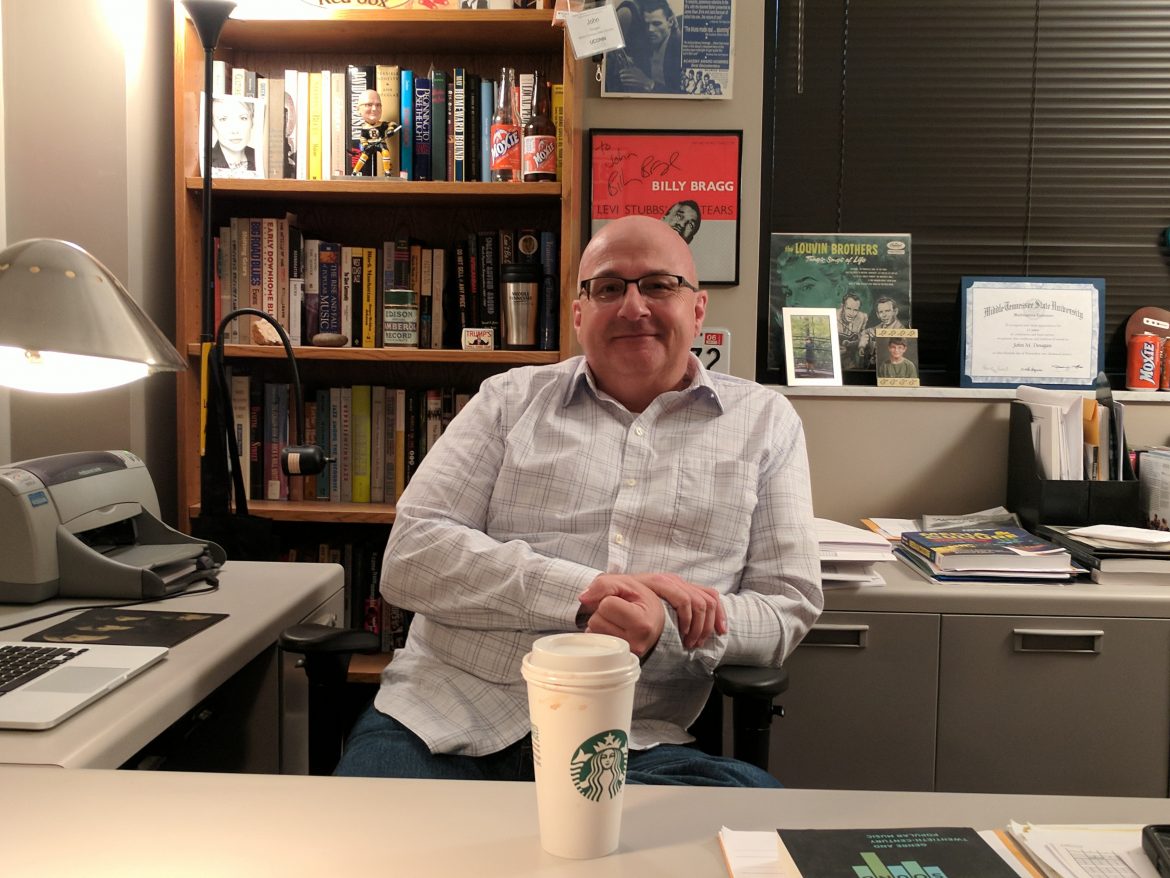
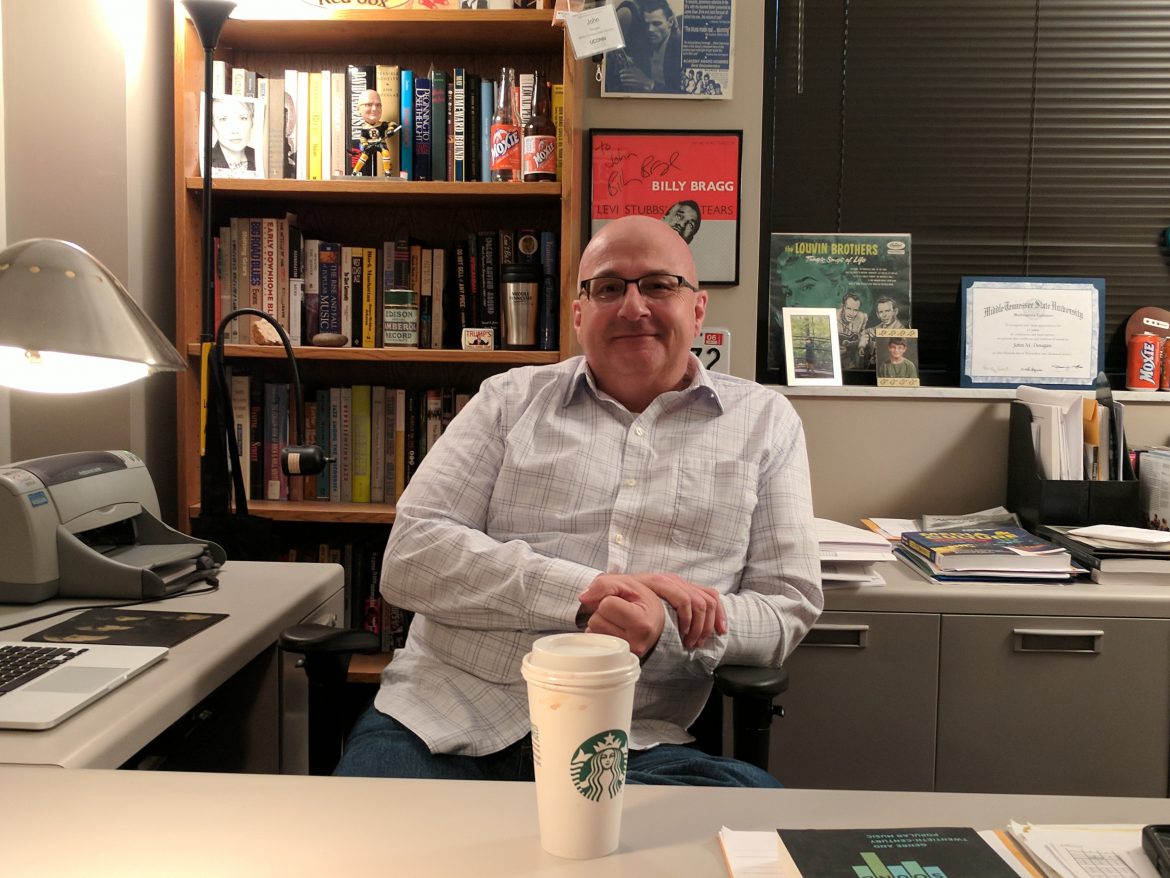

One concern at the forefront of offseason discussions regarding college sports is reform in the current era of name, image and likeness — or NIL deals. President Donald Trump recently met with retired University of Alabama football coach Nick Saban, who is currently an analyst on ESPN’s “College GameDay.” Saban was thought to be Trump’s choice to head a proposed commission on college sports. The rumors surrounding Saban taking a job that would assist the NCAA in its governance of college athletics gained more traction after he introduced Trump as commencement speaker for UA’s graduation ceremony. Saban has expressed that he believes athletes should be paid, and a Sports Illustrated online article published earlier this month included some of his remarks: “(Players) should make money. But they should have a contract and a responsibility to fulfill, just like a coach does, and there’s some penalty if you leave a team and you have a contract.”
NIL contract obligations were at the center of former University of Tennessee quarterback Nico Iamaleava’s controversial departure from the Vols in April. Social media chatter was flooded with opinions, as it was alleged that Iamaleava and his camp sought to renegotiate and double the $2 million annual contract he signed in high school. While only those in Iamaleava’s inner circle know what happened, it is clear that the talks broke down, and Iamaleava decided to transfer to the University of California, Los Angeles, where he will be getting considerably less money, according to various sports outlets, and leading a squad predicted to be less than mid-tier in the Big Ten.
Potential breach-of-contract lawsuits could be the next phase of NIL, but the forthcoming House v. NCAA settlement ruling will usher in significant changes in how college athletes are paid. One of these changes would be revenue sharing, in which major conferences would allocate part of their athletic department profits to athletes over the next decade. Payments would be determined based on television revenue designated as NIL from players’ appearances on network broadcasts of games.
NIL has forever changed the college landscape that Saban ruled during the prime of his coaching career, and he has put to rest speculations about him heading a commission on college sports, even though Trump is moving forward to launch it. Many are skeptical about the government stepping in when Division I schools and the NCAA are still figuring out how to establish consistent rules for university collectives, boosters and the transfer portal. However, a presidential commission could only provide recommendations to the NCAA. It would not have the authority to legislate changes.
Much of the commission’s work would be focused on suggested NIL regulations, but another area I think should be addressed is the culture of big-time college programs. Culture is essential in this period of what college football fans call “bag chasing” — that is, star athletes in the top D1 revenue-producing sports of football and men’s and women’s basketball going after the highest bidders during their recruitment or in the transfer portal. Suppose money is the sole motivation for an athlete. In that case, they are most likely not locked into the other benefits they receive from playing sports at the highest college level, such as the opportunity to professionally network, excel in the classroom and build lifelong friendships with their teammates. Ohio State University stresses these principles in its football program, with “the brotherhood” being a key recruiting pitch. As a Buckeye alumna and faculty member, I am most proud of these team values. In addition to winning the 2024 national championship, the OSU football program earned a perfect Academic Progress Rate score of 1000. The APR tracks schools’ ability to retain student-athletes and keep them eligible. OSU also did not lose any scholarship football players with NIL contracts to the spring transfer portal window, and over the past two years, Coach Ryan Day has provided space for players to share their Christian faith. Former star running back TreVeyon Henderson recently released a documentary detailing his testimony of overcoming suicidal thoughts and other personal struggles by turning to God. OSU has shown that a character-building culture is essential while pursuing national titles and overseeing NIL deals.
As Trump continues to outline plans for a college sports commission, I hope the necessity of a supporting culture for college athletes will be included as NIL and revenue issues are tackled. NIL needs to be better regulated, but athletes also need to be in settings where they can thrive academically and socially.
Dr. Jessica A. Johnson is a lecturer in the English department at Ohio State University’s Lima campus. Email her at smojc.jj@gmail.com. Follow her on X: @JjSmojc. To find out more about Jessica Johnson and read features by other Creators Syndicate writers and cartoonists, visit the Creators Syndicate website at www.creators.com.
COPYRIGHT 2025 CREATORS.COM
-

 Fashion2 weeks ago
Fashion2 weeks agoHow to watch Avalanche vs. Stars Game 7 FREE stream today
-

 High School Sports2 weeks ago
High School Sports2 weeks agoWeb exclusive
-

 Sports2 weeks ago
Sports2 weeks agoPrinceton University
-

 Sports1 week ago
Sports1 week ago2025 NCAA softball bracket: Women’s College World Series scores, schedule
-

 Motorsports2 weeks ago
Motorsports2 weeks agoBowman Gray is the site of NASCAR’S “Advance Auto Parts Night at the Races” this Saturday
-

 NIL2 weeks ago
NIL2 weeks ago2025 Big Ten Softball Tournament Bracket: Updated matchups, scores, schedule
-

 NIL2 weeks ago
NIL2 weeks agoPatty Gasso confirms Sophia Bordi will not finish season with Oklahoma softball
-

 Motorsports2 weeks ago
Motorsports2 weeks agoMOTORSPORTS: Three local track set to open this week | Sports
-

 Motorsports2 weeks ago
Motorsports2 weeks ago$1.5 Billion Legal Powerhouse Announces Multi-Year NASCAR Deal With Kyle Busch
-
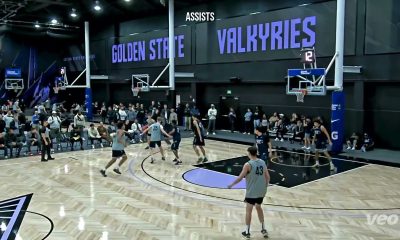
 High School Sports2 weeks ago
High School Sports2 weeks agoMaryland Basketball Recruiting



























